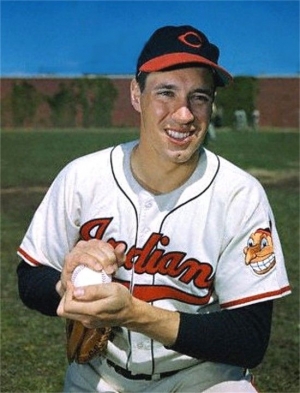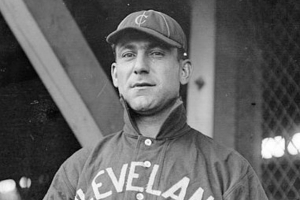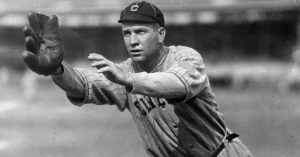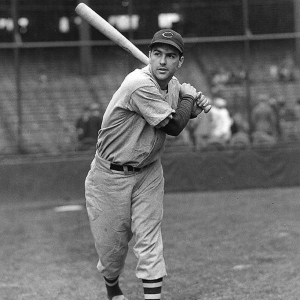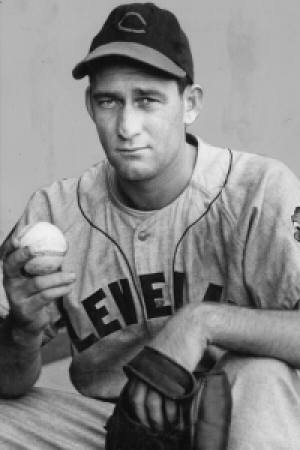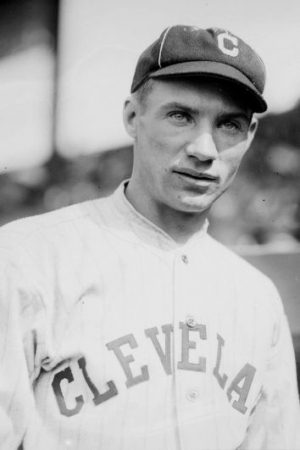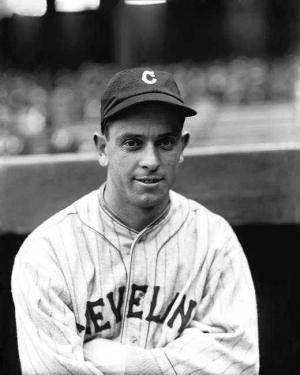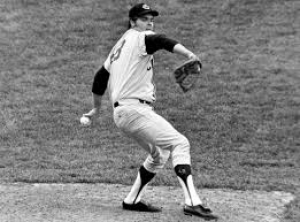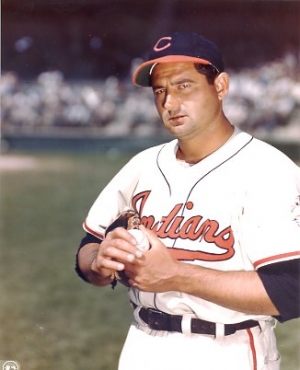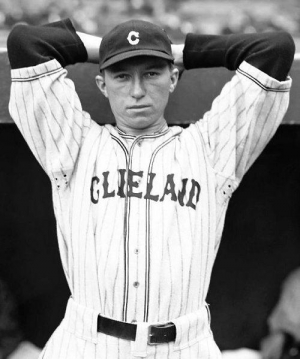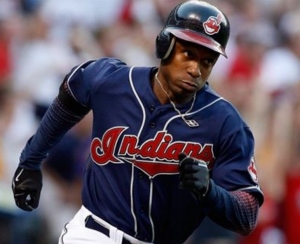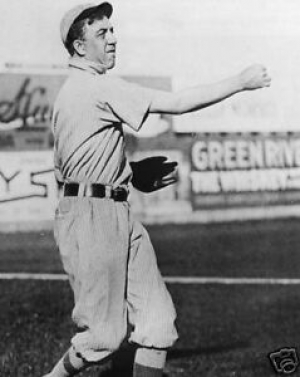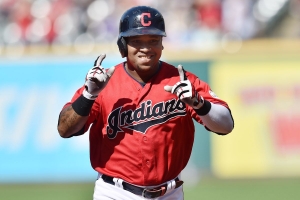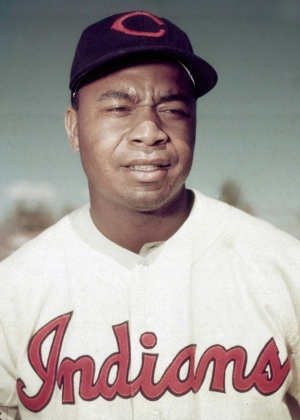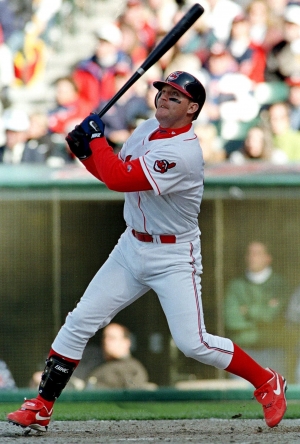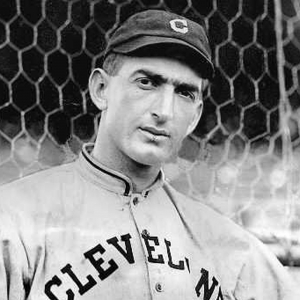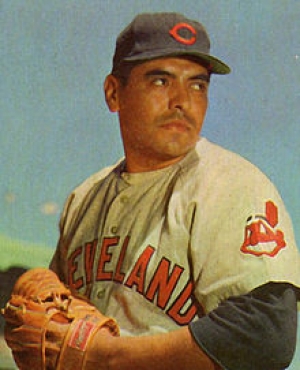Top 50 Cleveland Guardians
The origin of the Cleveland Indians begins in Grand Rapids, Michigan, in 1894, where they played in the Western League. The franchise relocated in 1900, becoming the Cleveland Lake Shores, and eventually were an inaugural team of the American League, going through multiple name changes (Bluebirds, Broncos, Naps) before becoming the Indians for over a decade.
Cleveland would become a great sports town, but the baseball team has not given them very much to cheer for over the years. The Indians have only won the World Series twice (1920 and 1948), with three other appearances.
Following the 2021 Season, Cleveland changed its controversial team name to the Guardians, and this is likely how it will remain as long as the team remains on the North Shore.
This list is up to the end of the 2023 regular season.
Note: Baseball lists are based on an amalgamation of tenure, traditional statistics, advanced statistics, playoff statistics, and post-season accolades.
TOURS: TRUIST PARK
Jan 01, 1970
Buy your Tickets to see Tours: Truist Park HERE!
PETCO PARK TOURS
Jan 01, 1970
Buy your Tickets to see Petco Park Tours HERE!
SEATTLE MARINERS VS. ARIZONA DIAMONDBACKS
Apr 27, 2024
Buy your Tickets to see Seattle Mariners vs. Arizona Diamondbacks HERE!
SAN DIEGO PADRES VS. PHILADELPHIA PHILLIES
Apr 27, 2024
Buy your Tickets to see San Diego Padres vs. Philadelphia Phillies HERE!


